Achieving a perfectly level surface when installing or renovating an above-ground pool can be challenging, especially when dealing with uneven terrain or ground settling over time.
But you don’t have to worry about anything home-related when we are here!
In this article, we will help you achieve a perfectly leveled pool and provide numerous tips for leveling an above-ground pool, ensuring you’re well-equipped to handle this task.
The article also explores if thin-set mortar is the right choice to level cement in a pool.
What Is a Thinset Mortar?

Thinset mortar is the primary ingredient in achieving a perfectly level surface for your pool.
Thinset mortar, often referred to simply as thinset, is a specialized type of cementitious material made using cement, sand, and water retention agents.
As the name suggests, this is the thinnest type of mortar available. Its thin structure and composition make its application easy.
It can be easily used on a wide surface to maintain uniformity. However, it is not so thin that it spreads around and oozes.
Thinset mortar is known for its adhesive and bonding properties.
Due to such strong and helpful characteristics, it is frequently used in various construction projects, including tile installations and masonry work.
The unique and thin texture of a thin-set mortar makes it an ideal choice for creating robust and long-lasting structures.
Pros and Cons of Using Thinset Mortar for Leveling Pool
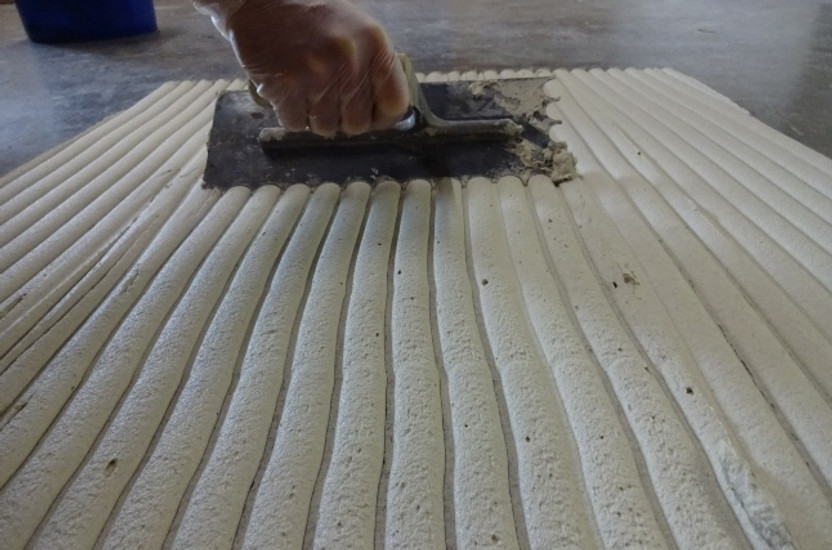
Before diving into a pool leveling project with thin-set mortar, weighing its advantages and disadvantages is crucial.
This article will explore the pros and cons of using thin-set mortar as leveling cement for your pool.
This balanced assessment will help you make the best decision for your pool, depending on its needs and requirements.
Advantages of Thinset Mortar
The following advantages make thin-set mortar suitable to be used as a leveling cement in pool construction:
- Thinset mortar is often more budget-friendly compared to other leveling alternatives. It is an ideal choice for people working on a budget.
- It exhibits excellent resistance to moisture, ensuring long-term durability, which is essential for pools, which are prone to water exposure.
- Thin-set mortar’s adhesive properties make it suitable for various pool surfaces, including concrete, tiles, and masonry. Its adaptability allows for a wide range of applications.
Disadvantages of Thinset Mortar
Here are some of the possible drawbacks of using thin-set mortar as a leveling cement that you must take into consideration while making a decision:
- Applying thin-set mortar can be a meticulous and time-consuming process, particularly for larger pool areas. It demands patience, precision, and attention to detail.
- Achieving a level surface with thin-set mortar necessitates a certain level of expertise, which an inexperienced person may find challenging.
- Thinset mortar may not be compatible with all pool materials, such as fiberglass, which can limit its usability in certain pool projects and structures.
How to Use Thinset Mortar for Pool Leveling?
For a successful and long-lasting result, it is essential to follow a systematic approach when using thin-set mortar as your leveling cement.
This step-by-step process will help you achieve the evenly surfaced pool of your dreams!
1. Prepare the Pool Surface
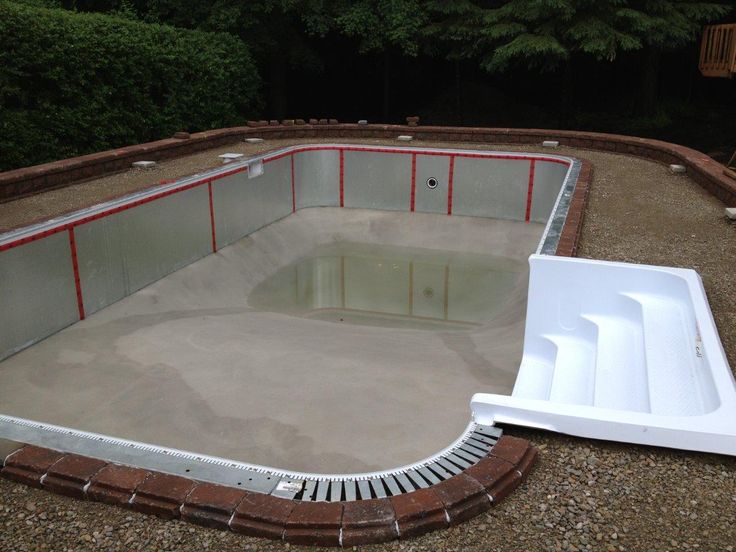
Begin by thoroughly cleaning the pool surface and remove any debris or dirt.
A clean surface ensures better adhesion of the thin-set mortar.
Secondly, existing cracks in the pool surface should be fixed before applying the thin-set mortar.
2. Mix and Apply Thinset Mortar
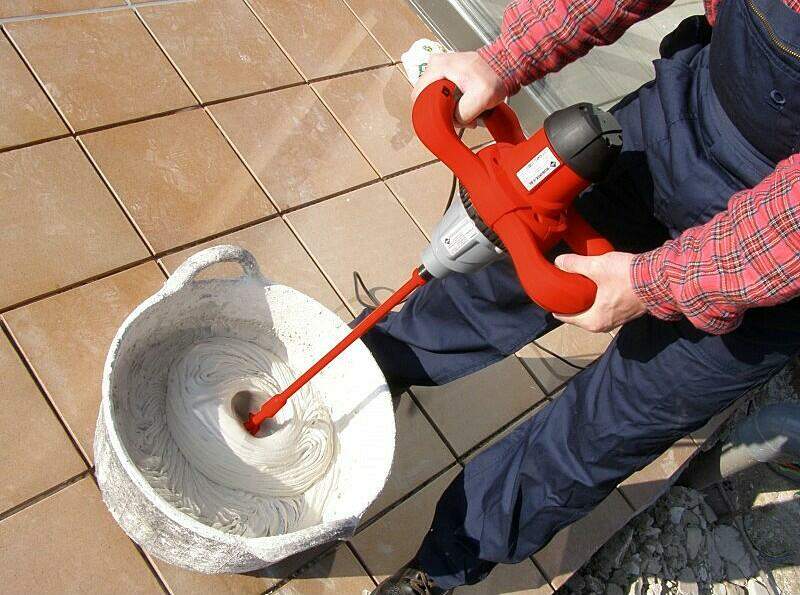
Ensure that you have all the necessary tools and equipment, like a mixing paddle, a trowel, and a bucket for mixing.
Follow the instructions given by the manufacturer for mixing thin-set mortar and achieve the right consistency.
Lastly, apply the thin-set mortar to the pool surface using a notched trowel.
3. Smoothing and Leveling
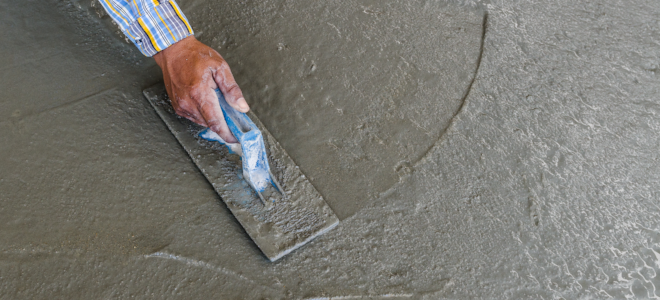
As you apply the thin-set mortar, use a level to ensure an even surface.
Make the necessary adjustments to maintain your pool’s desired slope and level.
Feather the edges of the applied mortar to create a seamless transition between the leveled area and the existing pool surface.
4. Curing and Finishing
Thinset mortar requires sufficient time to cure.
Follow the recommended curing time provided by the manufacturer before proceeding with further pool construction or finishing.
Once the thin-set mortar is cured, proceed with finishing and check whether the pool requires tiling, plastering, or other surface treatments.
Conclusion
Throughout this article, we have delved deeply into analyzing the usability of thin-set mortar as a leveling cement for your pool.
We have discussed its composition, properties, and common construction applications.
Moreover, we have also provided the pros and cons of using thin-set mortar as a leveling cement for an above-ground pool.
Its cost-effectiveness, durability, and versatility make it an appealing choice for pool owners, but it is important to note its challenges and potential drawbacks.
We have walked you through the essential steps of using thin-set mortar for pool leveling, emphasizing the importance of proper preparation, application, and curing. These steps form the foundation of a sturdy and durable above-ground pool.
We hope this article helps you create an enjoyable swimming pool experience for your family and friends.

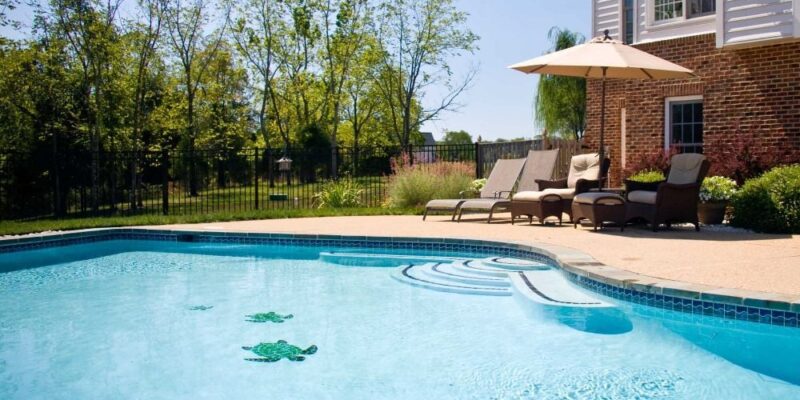
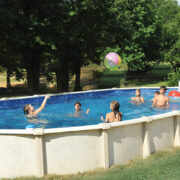
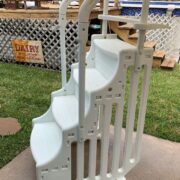

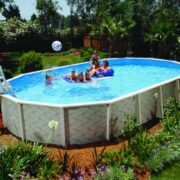
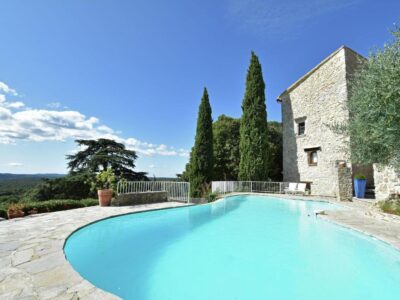

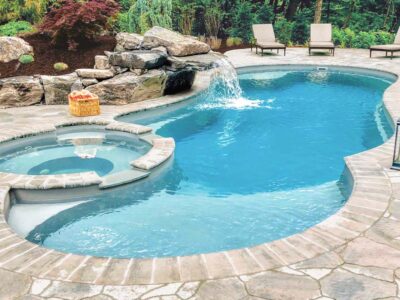
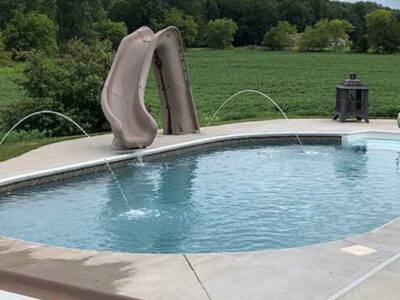
Comments